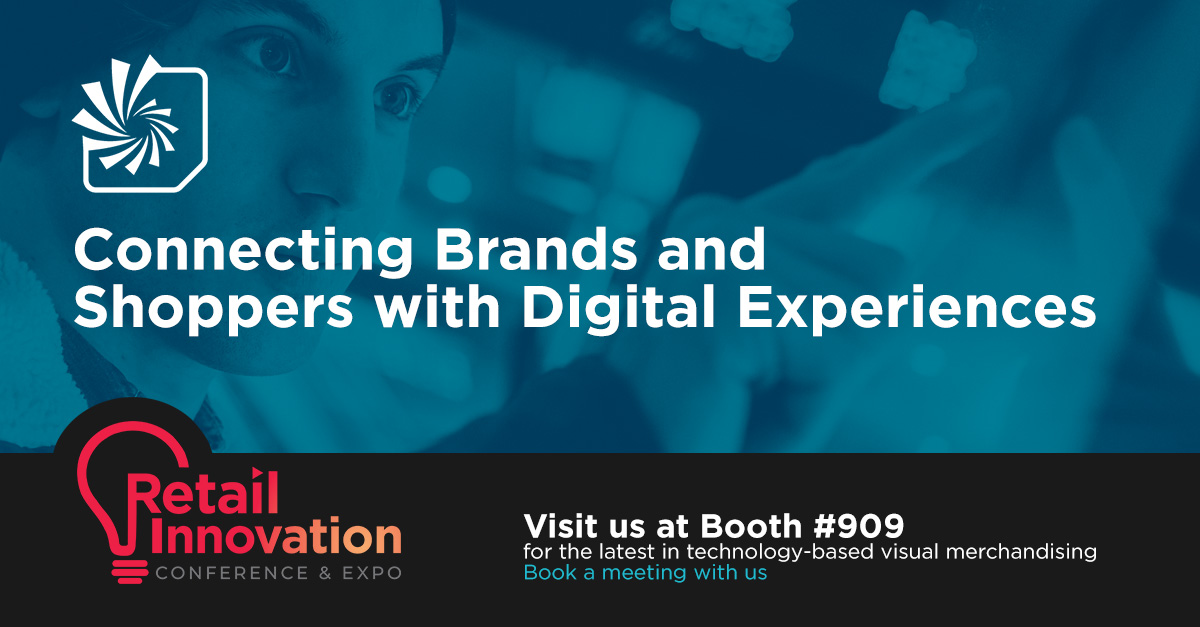Corporate Culture and Communicating Employee Value
Corporate culture is a term that’s thrown around a lot these days. Simply put, a company’s culture is a set of values, ideals, attitudes and goals that uniquely characterize it, determining how it operates, how it will (and will not)conduct business, how employees behave and treat one another (and their customers), and much more. As Patrick Lencioni notes, “Values can set a company apart from the competition by clarifying its identity and serving as a rallying point for employees.”
As we’ve often noted, employee engagement is a critical factor in allowing a company to live out it’s values and maximize success. It should come as no surprise, then, that organizations with a positive culture average 72% higher employee engagement ratings than those without such a culture. Indeed, 49% of employees rate company culture as a more decisive factor in job satisfaction than their work space or the tools they use. And 38% say they’d leave their jobs if the culture doesn’t allow them to fit in. That’s why companies work so hard to get their cultures right.
However, carefully crafting statements of mission, values, goals, and core beliefs often isn’t enough. If companies cannot adequately communicate these values to their employees, their culture cannot thrive. Such consistent communication is especially difficult where many employees are desk-less (such as retail and manufacturing) or are part-time workers. For such environments, reinforcing company culture via typical corporate channels like email, mobile apps, and other electronic methods aren’t a viable option. (A whopping 83% of non-desk workers don’t even have a corporate email address.) How, then, do these companies adequately convey their cultural values to hundreds or even thousands of workers or show those workers how much they value them?
Regardless of the industry or desk situation, corporate digital signage solutions can make a simpler matter of communicating company culture and employee value to everyone.
Digital signage can convey culture using your brand story
One of the most effective ways to convey your company culture is by telling your brand story. That’s because your corporate culture, values and goals are (or should be) a reflection of that brand story—the company’s genesis, growth, involvement in the community, and vision for the future. While brand storytelling via digital signage is often used to engage customers, it is also an effective way to send these messages to employees, too.
For example, do your employees really know your brand story? Do they understand what your company stands for, where it came from, and where it wants to grow? Do they know how the company supports its local community? Far more effective than words in an employee handbook or static posters and signs, digital signage can demonstrate the company’s values in action with engaging multimedia and interactive content. It accommodates non-desk employees, too—people who lack assigned space or computer equipment to absorb “traditional” materials about company culture.
Whether on the sales floor, shop floor or break room, digital signage can help tell your brand's story to your employees in a way that makes them feel part of something more than “a job.” Moreover, it firmly ingrains this culture in them, so they are able to tell and live that story with your customers. By telling your brand story via digital signage, you help all your workers see, feel, and engage with your company culture in a way no employee handbook ever could.
Values in action: communicating employee value with digital signage
Actions, they say, speak louder than words. And while employee engagement hinges on knowing and living the company culture, workers also need to know they are valued for their skills, their contributions, and as individuals. Just as digital signage can visually convey your company culture with content showing those values in action, it can help you express your appreciation to your employees—surely one of the key components of any culture.
Employee benefits and perks – You provide your workers more than a paycheck. Some of these compensations or “perks” are financial-or health-related, while others may be social or career develop mental in nature. Chances are your employees aren’t poring over employee handbooks or scouring the corporate intranet to find out about such perks—even if they have access to such things. Why not use digital signage to periodically feature these benefits or provide workers with reminders to enroll in them? By reminding employees of all the perks available to them—even if individually they are small—your employees come to feel valued, appreciated, and like more than just a cog in the machine.
Employee recognition – When an employee does a good job, often a simple “thank you” goes a long way. However, when they go the extra mile—deliver a complex project on time and under budget, land a sale with a difficult client, or reach a critical milestone—nothing feels better than public kudos.
With digital signage, managers have a simple way to show pride in team members’ accomplishments without having to rely on emails, newsletters, posters or other unreliable channels. Seeing their “names in lights” on the screen can instill a sense of pride and accomplishment in workers—and lets them see a very personal example of a positive company culture in action.
Employee celebration – Using digital signage for public recognition of an employee’s or a team’s job-well-done is great for work-based recognition. However, every worker is an individual, and sometimes it’s nice to be recognized for something a bit more personal.
Using digital signage, companies can publish messages of congratulations for birthdays, weddings, new family members, work anniversaries and more, helping workers remember they are appreciated as a person, not just as a productive employee. With smart digital signage, you can deliver such content on digital screens in areas where the celebrated employee and their team members spend most of their time.
Whether digital signage is being used to inform or to recognize, one of the strongest advantages of this medium lies in the ability to feature your people, on video, sharing these things with one another. Whether it is leadership telling your brand story or an employee sharing their own story, video is always more engaging and effective than static signage. And digital signage allows companies to create, update and distribute compelling content in a more timely and cost-effective manner.
Share this
You May Also Like
These Related Stories

Reinforcing Corporate Compliance Goals with Digital Signage

Why Boosting Employee Engagement is Critical (and How Digital Signage Can Help)


